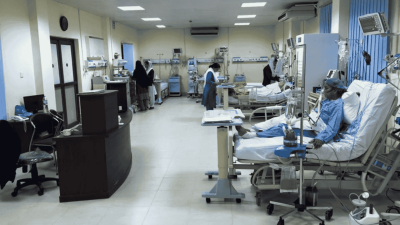Millions of individuals worldwide are unknowingly living with a condition known as “Type-5 Diabetes,” a disease linked to malnutrition, which has now been officially recognized.
Teens and young adults, particularly in regions like Asia and Africa, are considered more susceptible to this condition. Type-5 Diabetes is the result of long-term malnutrition and undernourishment, especially during childhood, and has recently been classified as a separate type by the International Diabetes Federation (IDF) at the 2025 World Diabetes Congress.
Read more: 8 Common Medicines, Including Flagyl, Declared ‘Substandard’ in Pakistan
Type 5 Diabetes was difficult to diagnose initially, as it differs from both Type 1 and Type 2 Diabetes. While diabetes is generally associated with insulin resistance, Type 5 arises from inadequate nutrition during crucial growth years, leading to underdeveloped pancreases and a reduction in insulin production.
Symptoms include:
- High blood sugar levels from a young age
- Absence of insulin resistance
- Family history of diabetes
- Frequent urination
- Extreme thirst
- Fatigue
- Unexplained weight loss
Interestingly, people with Type 5 Diabetes can respond well to insulin but often struggle to produce sufficient amounts on their own. This results in very low insulin levels, but not due to resistance.
Around 24-25 million individuals in developing countries are estimated to be affected by this condition, which was previously misdiagnosed as either Type 1 or Type 2 diabetes.
Type 5 Diabetes can often be managed with oral medications, making it more accessible and affordable in low-income regions where insulin may be scarce.
With new discoveries and more data, medical professionals are optimistic that increased awareness will lead to better healthcare access for those affected, alongside enhanced research and training for healthcare providers.
To improve healthcare accessibility and fairness, there will be a focus on making treatments for Type 5 Diabetes affordable, especially in countries where malnutrition and underdevelopment are widespread.









